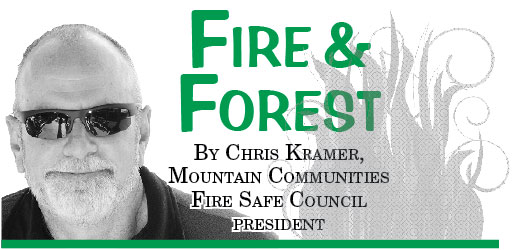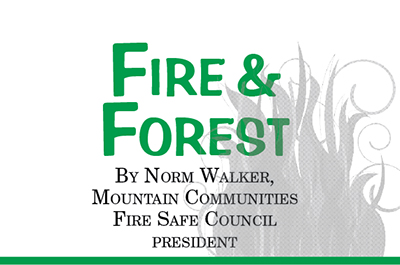They had to evacuate the Air Force Academy. You don’t normally think of an imposing military academy in danger of destruction by wildfire, but this past week the academy in Colorado Springs was in exactly that position.
Last year it was Texas setting records for fires; now Colorado is rewriting its fire record books. Nine major fires were burning in the state at the end of June. A record 259 homes were just destroyed by the High Park Fire, which burned over 87,000 acres to the west of Ft. Collins. Within a week this record was reset by the Waldo Canyon Fire, burning to the west of Colorado Springs, and which burned 347 homes and caused the evacuation of over 35,000 people.
This is not a surprise for people following these issues. The tree mortality in the Rockies, spurred on by the increasingly hot and dry climate and the activity of the bark beetle, has been a subject of conversation for years. Major fires are also burning in New Mexico, Montana, Utah, and Wyoming.
Overstocked forests are loaded with dry fuel and are a prescription for large fires. Estimates of forests before European settlement run between 40 to 80 trees per acre. Now they often have as many as 1,000 trees per acre.
The question is what to do about it.
Waiting for huge forest fires seems the least intelligent option. Prevention, as is usually the case, seems the wisest. Every time I read about the firefighting costs of these large fires I think of how much forest thinning could have been accomplished with just that money alone. I say “just that money” because the costs of large fires far exceed the firefighting costs. The recent firefighting cost as of June in Colorado was $40 million. (It will go higher.) You can do a lot of fuel reduction with $40 million.
On a happier note, I am very pleased to announce that the Mountain Communities Fire Safe Council has received final approval for a grant from the Federal Emergency Management Agency to replace wood roofs on the Hill. Work to obtain this grant started in the fall of 2009, so it is a testament to the perseverance of Executive Director Edwina Scott and others at the council that we finally were given the go-ahead for the project.
These are federal funds that come through the California Emergency Management Agency and are administered through Riverside County’s Office of Emergency Management.
Under this project, any homeowner with a wood shake or shingle roof can replace the roof with a class A fire resistant roof and be reimbursed for 75 percent of the cost, up to $8,400. The homeowner can choose a contractor from a county approved list of contractors to do the work.
It is obviously a wonderful deal for the owner, as well as a great benefit to the community. A wood shake roof is probably the greatest fire hazard in any residential community, since they present a large, flammable surface to the ember storm that accompanies wildfires. Research has shown them to be a significant vulnerability, which is why FEMA decided to allocate prevention dollars towards their replacement.
If you have such a roof, please call the office at (951) 659-6208 to participate. Odds are you and one of our project managers have already discussed this program, but in any case, give us a call to start the process.





